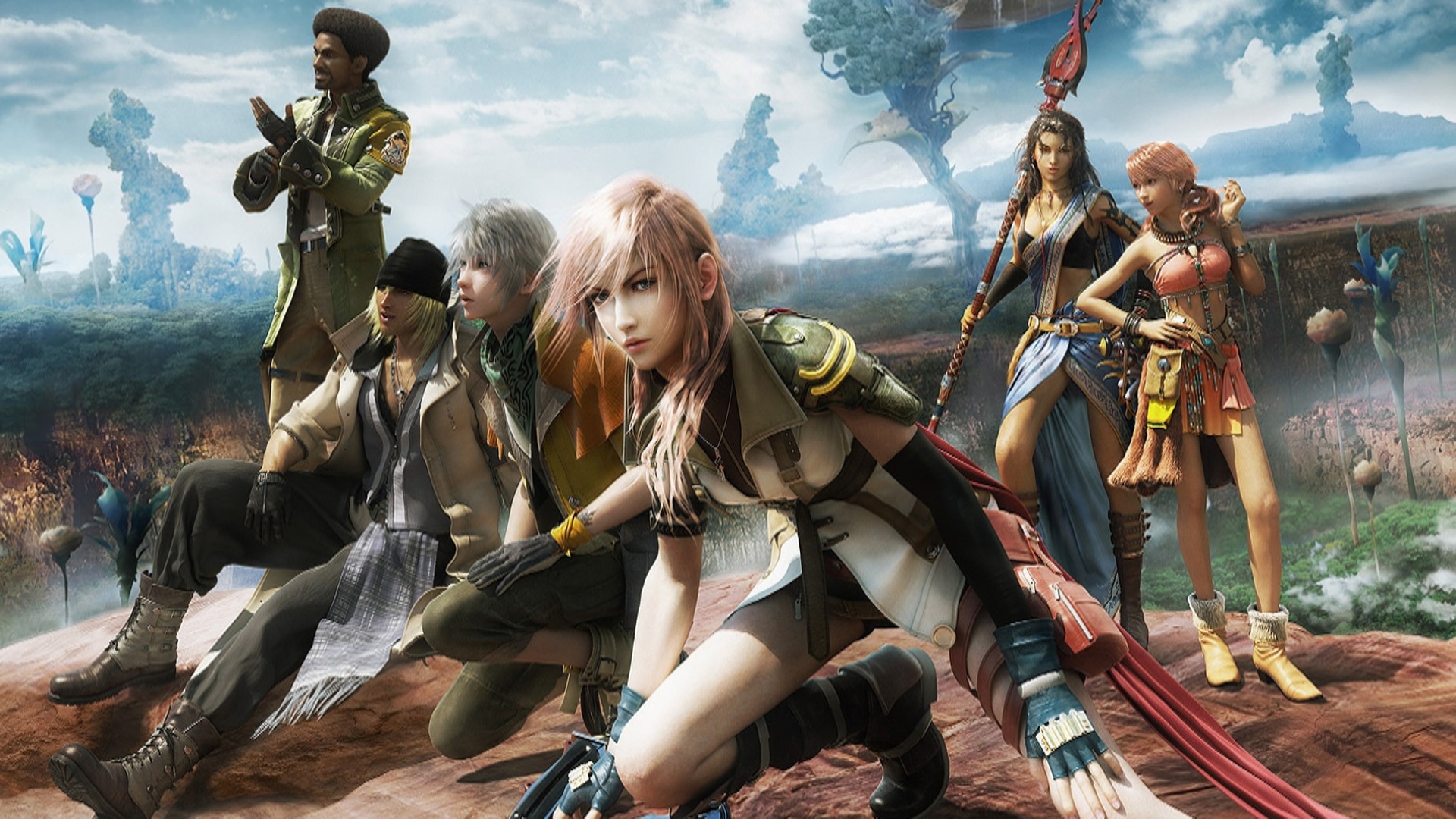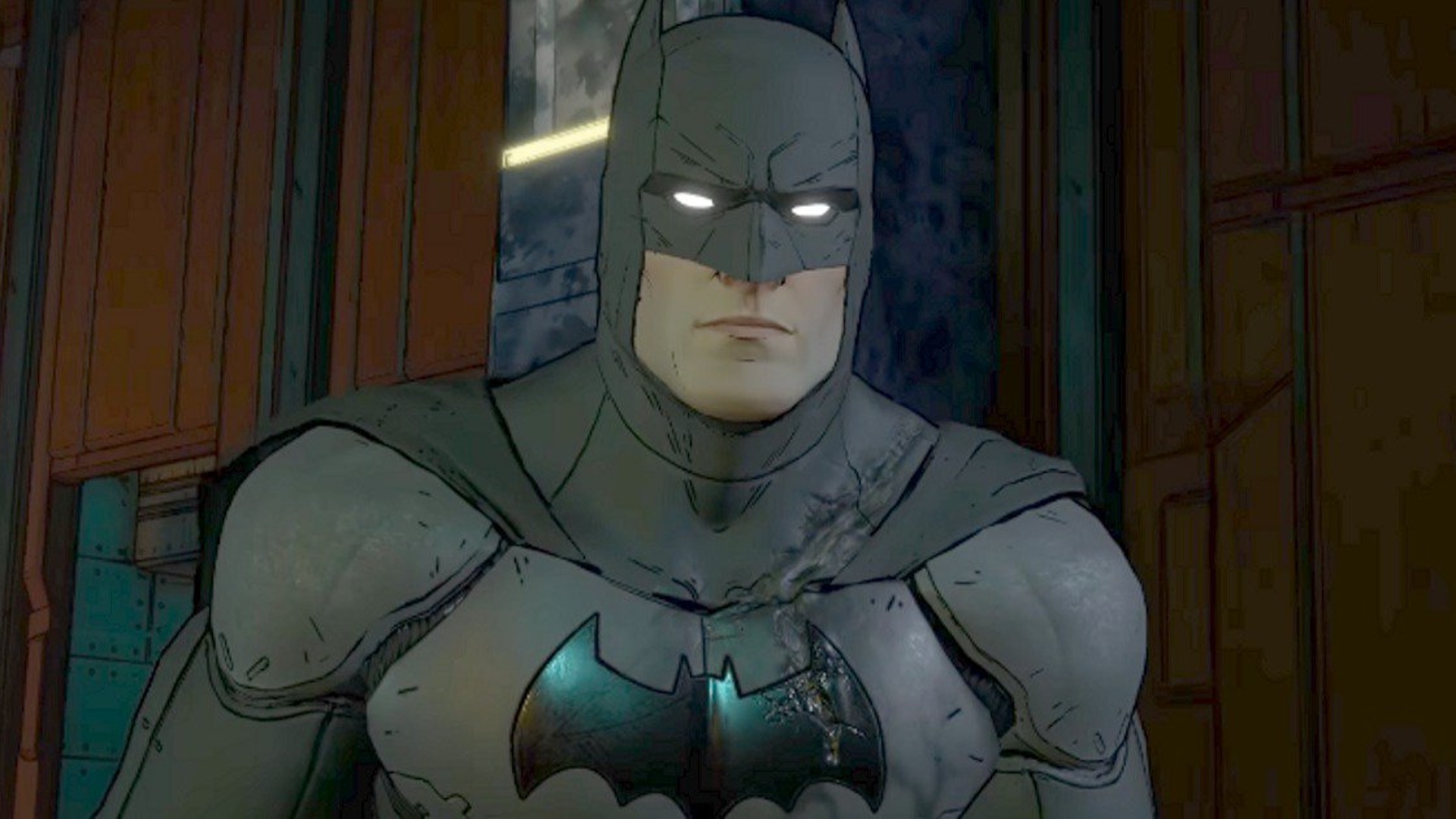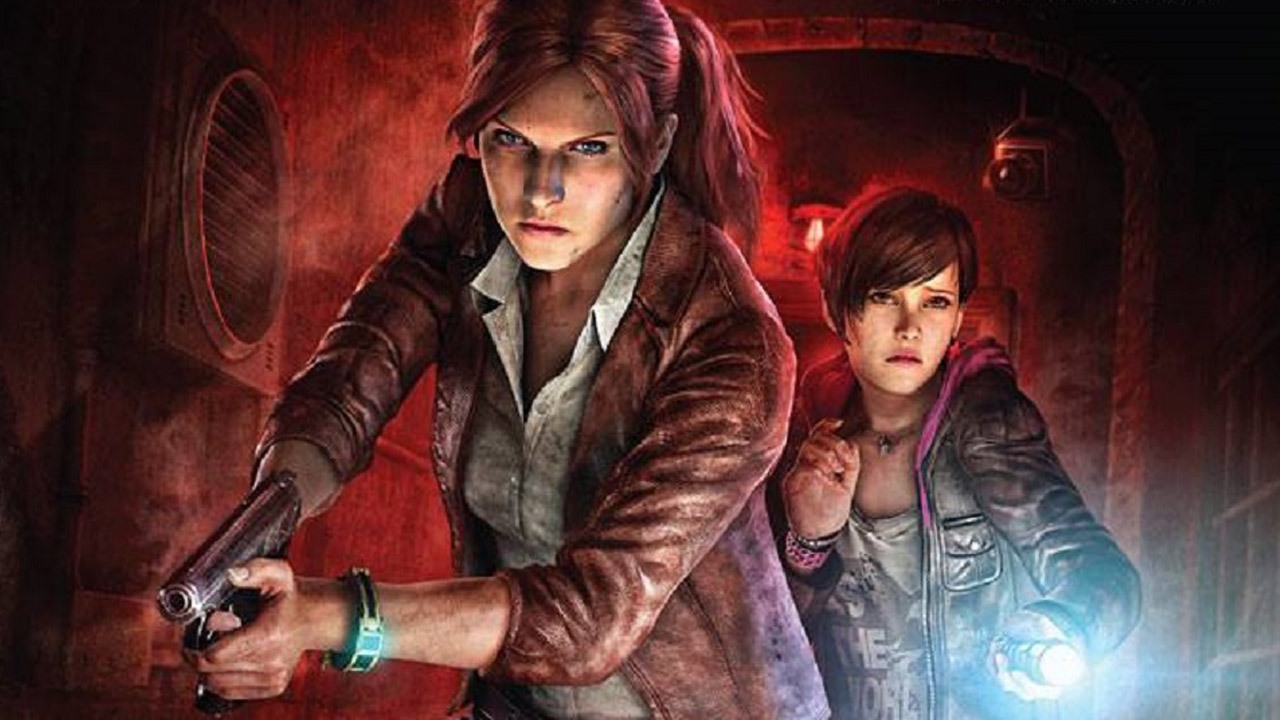Final Fantasy XIII is a 2009 science fantasy role-playing video game developed and published by Square Enix, released for PlayStation 3, Xbox 360, Microsoft Windows, iOS, and Android. It is the thirteenth title in the mainline Final Fantasy series, and follows Lightning, Snow, and the other heroes who are dealt a hand of fate by the god-like fal’Cie. Cursed and regarded as enemies of society, they have the world against them and nobody to rely on but each other as they struggle to break free of their curse and determine their own fates, or succumb to this higher power.
Positives:
- Fantastic soundtrack
- Fantastic graphics
- Great characters
- Great combat system
- Interesting story
- Extensive campaign
- Challenging gameplay
- Great voice performances
- Fantastic camera angles
- Crystarium system is great
- Pretty awesome setting
Negatives:
- Story doesn’t feel engaging
- Lackluster supporting characters
- Incredibly linear campaign
- A lot of grinding
Campaign: Final Fantasy XIII features an extensive campaign, split into thirteen chapters spread over three discs. The story is set on the fictional world of Gran Pulse (often simply called Pulse). Central to the story is Cocoon, a massive artificial sphere that floats above Pulse’s surface, and follows the efforts of Lightning, Snow, and the other heroes who are dealt a hand of fate by the god-like fal’Cie. Cursed and regarded as enemies of society, they have the world against them and nobody to rely on but each other as they struggle to break free of their curse and determine their own fates. I like the story but admittedly it does get confusing. I had to look up the definitions of characters, creatures, and events several times to understand what was happening. It does have its share of twists that keep it interesting.
The campaign is incredibly linear, leaving no room for exploration which does a phenomenal job of both detracting from the story as well as the setting. The main cast consists of Lightning (a former member of the Guardian Corps), Oerba Yun Fang, Snow Villiers (leader of NORA), Oerba Dia Vanille, Hope Estheim (a young boy), and Sazh Katzroy (airship pilot), and they’re all pretty good characters. Each have their moments with some pretty solid stories. Perhaps one of the biggest problems with the characters is that the game doesn’t explore their backstories enough. It always goes back to this sequence that happened thirteen days earlier. Most of the supporting cast are forgettable with almost nothing interesting going for them. The antagonists are not memorable by any means. Sure, the Fal’Cie are interesting antagonists but they’re nowhere as memorable as say Kuja, Sephiroth, or even Sin. (2 out of 5)

Gameplay: Players directly control characters through third-person perspective while navigating the world. The Crystarium is a leveling system consisting of six crystals and resembles the Sphere Grid from Final Fantasy X, each crystal in the Crystarium representing one of the six Paradigms, each divided into ten levels, each level containing various nodes that supply bonuses to health, strength, or magic, or provide new abilities and accessory slots. In combat, players control the lead character and the allies are AI controlled. Thumbs up to the in-game datalog provided for information on characters, creatures, places, and events about the world of Final Fantasy XIII. Enemies are integrated into the open field and can be approached or avoided by the player. New to the combat is the ATB bar which allows players to perform as many actions as possible depending on the action and length of the bar.
One of the greatest aspects is that characters’ health is fully restored after each battle which helps players power through those enemy controlled areas to that final save point. In previous titles, players had to worry about healing their characters after battle focusing on building potions and antidotes to help carry them through. Another feature is the chain counter. Each enemy has a meter consisting of a percentage starting at 100 which increases when the enemy is struck (depending on the attack). When the chain counter reaches a preset amount the enemy (different for each enemy) is placed into Stagger State (which leaves enemies with lowered defenses). Also, there is the Paradigm system which allows the player to assume six different roles; Commando (focuses on physical attacks), Ravager (uses damage-dealing magic), Medic (can heal and remove negative status ailments), Synergist (uses magic to boosts allies with positive statuses), Sentinel (which offers protective and defensive abilities), and Saboteur (uses magic to weaken enemies with negative statuses). Each character can summon a specific Eidolon into battle, and the Eidolon stays in combat while the allies leave the party. The Eidolon can enter what is called Gestalt Mode, which allows the Eidolon to transform into a different form and perform different attacks. (5 out of 5)
Graphics: Honestly, this is one of the most beautifully crafted video games I’ve ever seen. The pure creative designs behind the characters, the various enemies, the technology, and the various level designs is without a doubt beautiful. If there is one thing that I’ve spent as much time on as I grinding it was just observing everything around me. The grand scope of the world, whether it was just the interior of Cocoon or the grandiose scenery of Grand Pulse, it is just…beautiful. The cinematics are some of the best ever featured in the series and definitely have a cinematic look and feel similar to that of a movie. Also, there is the dynamic camera angles in combat that help keep them immersive. (5 out of 5)
Score: Like many games in the franchise, the game features a terrific well-composed soundtrack, which feel as beautifully crafted as the visuals. The music is phenomenal and worth every second it’s being listened to making for some very dramatic moments in the scenes. The voice performances are done well and were well cast for the characters. The sound effects are done pretty well. (5 out of 5)

Replay Value: This is probably where the game does fall flat. Because of how linear the game is there is virtually no replay value outside of simply replaying the story, completing the Crystarium system, or completing the Cie’th Stone missions where players hunt down and fight powerful monsters. Honestly, the Grand Pulse setting is pretty much the only freedom the game gives players. Now, whether they take it upon themselves to explore it during or after the game is up to them, but it can extend gameplay if not give players a reason to continue after beating the game. There is this Titan in the game that will challenge players to complete his trials. There is the datalog with all the information regarding the setting and characters so it’s pretty cool reading up on things. Outside of this, the game doesn’t have much to offer. In earlier Final Fantasy games players are given the ability to visit most previous locations, socialize with NPCs, search for treasure and loot, and just explore the world. Final Fantasy XIII just drives this concept into the ground. There’s no unlockable content (such as costumes), no new game where stats and weapons carry over. (2 out of 5)
The Verdict: In the end, Final Fantasy XIII is a pretty good game just might not be the best Final Fantasy game. There is a lot to like to about the game. The characters have strong development, the graphics are great, the combat innovative, and the score is awesome. The game does suffer from its lack of replay value, lack of unlockable content, confusing story, actual exploration, and a lot of forgettable characters. Fans of the series should give this game atleast and they will probably be glad that they did. Final Fantasy XIII gets 4 out of 5.







Be the first to comment